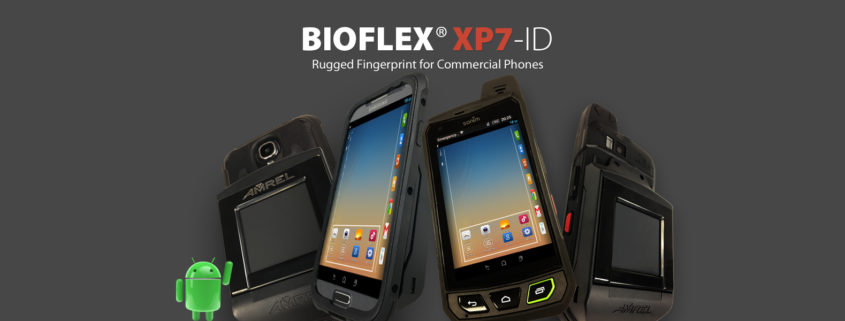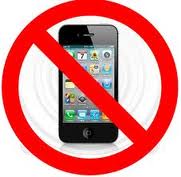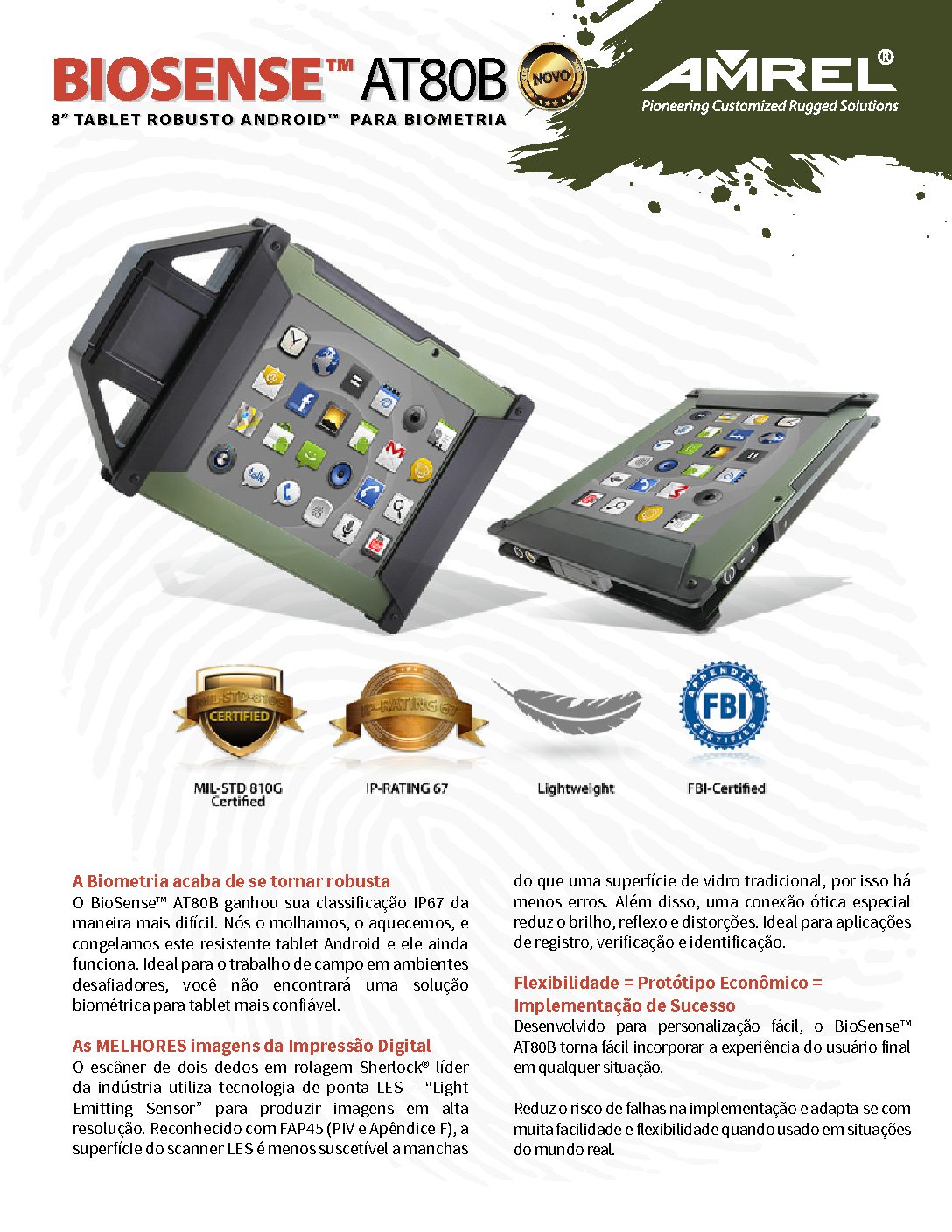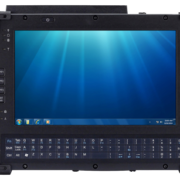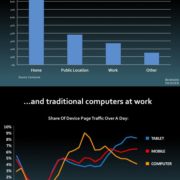Smartphone vs. Tablet vs. PDA
For many IT managers and other personnel responsible for enterprise procurement, smartphones were a cheap, popular way of dipping their toes into the pool of mobile technology. However, it’s becoming obvious that smartphones are not appropriate for many enterprise applications. So why second thoughts?
Take one tablet
When the iPad was introduced in 2010, no one knew what the tablet was good for. Tablets have proven wildly popular and surprisingly practical for a variety of business applications.
But are tablets complementary to smartphones or a substitute? How many mobile devices does one business or person actually need? What about PDAs and the hybrids that blur form factors, such as netbooks, and convertible tablets? Faced with these unknowns, enterprises are questioning their long-term commitment to smartphones.
Applications
One way of looking at this issue is to focus on a specific application. In addition to the military, which has embraced the use of mobile computing devices for years, a partial list of business sectors that are looking at mobile solutions include:
- Logging
- Breweries
- Garbage collection
- Couriers
- Ticketing
- Security
- Inspection
- Geomatics
- Public transportation
- Construction
- Mining
- Public safety
- Field work
Whenever enterprise applications for mobile platforms are discussed, the applications that seem to leap to the top of everyone’s mind are warehousing and logistic supply chains. Mobile devices are being used there now, and their utilization is growing.
Size counts
To begin with, smartphones have small screens. Not a big deal for reading someone’s phone number, but not so great for complex illustrations. Reportedly, forward-placed military personnel, in simulated combat operations, have had problems using smartphones for reading maps and other detailed displays. Situational awareness, system flow diagrams, spreadsheets, GIS, and other applications that require a large overview simply don’t work on a 3 ½ inch screen.
For our hypothetical warehouse worker, imagine, someone working in an especially large facility. Suppose there has been a problem with a particular shipment. Maybe it’s been contaminated or it’s leaking something toxic. Its path from arrival to delivery must be tracked. The small screen of a smartphone is totally inadequate to display the dates, tracking numbers, location names/positions, as well as personnel involved.
Not tough enough
We make not think of warehouses as the toughest places in the world, but they are not especially friendly to electronic devices. A falling smartphone can crack like a nut on a concrete floor. Dust, ever present in many warehouses, can compromise many mobile solutions.
When a mobile device breaks, there’s the cost of replacement, lost data, and lost work time. A well-publicized study by VDC Research Group revealed that the purchase price of a computer is a small part of the Total Cost of Ownership (TCO). For an institution or a business, it’s actually more economical to equip its workers with rugged mobile devices. Ruggedized tablets, PDAs, and laptops have been on the market for years, and have proven themselves in the harshest conditions.
End of Life
The fragility of most smartphones (ruggedized ones are a tiny part of the market) is especially complicated by lack of support. Very simply, smartphones are designed to be replaced not repaired. New versions come out frequently, so parts and accessories for the old models may not be available. IT managers wanting to replace a broken smartphone may discover that the old model is no longer available. In addition, the new platform may no longer support a specific business application.
Manual input
Granted a motivated teenage girl can use just her thumbs to create an opus about the social interactions of her peer group comparable in complexity to Pride and Prejudice, most people have a difficult time inputting large amounts of information through a smartphone. If a warehouse worker has to file a complicated report while he is out on the floor, the size of a smartphone is a major inconvenience. For many applications, small keyboards are as much as a problem as small screens.
Operating systems
IT managers are also discovering that they are very limited by smartphones’ operating systems. Upgrades are difficult if not impossible. Applications written for standard operating systems have to be rewritten specifically for the more limited smartphones.
Many smartphones simply lack the computing power necessary for some business applications. This is especially important in areas such as scientific field research or surveying; specialized one-of-a-kind programs may be essential, and may not be able to be modified for weaker smartphones.
Parts exceed the whole
Scanners for RFID tags, laser codes, bar codes, Civilian Access Cards (CAC), and other non-standard components may be necessary for some applications. By and large, smartphones lack the physical “real estate” and the software versatility to integrate these options.
The non-smartphone smartphone
As mentioned above, enterprises are increasingly focused on non-smartphone solutions. Ruggedized tablets and PDAs have been successfully deployed in multiple enterprise applications for years.
Some have argued that ruggedized PDAs should be thought of as “enterprise smartphones.” They are close to the size and convenience of the smartphones, but have good support, are repairable, have available parts, and can run a wider variety of operating systems.
In addition, they:
- Are more easily customized with RFID readers and other non-standard components.
- Have more options for accessories, such as cradles, chargers, cases, stylus, vehicle kits etc.
- Possess bigger batteries, which mean more operating time between charges.
PDAs are especially good for passive input of specific kinds of data. A warehouse clerk using a barcode reader to accept delivery of a shipment is likely to be utilizing some kind of PDA.
Tablets
While ruggedized PDAs may be superior to smartphones in important ways, tablets are actually more appropriate for many enterprise applications.
The larger screen size of tablets is superior for displays of large overviews and detailed information. Compare the 4 inch screen of AMREL’s ruggedized DA05+ PDA to the 8 and 12 inch displays offered by AMREL DK8 and DR8 tablets.
In addition, tablets:
- Are much easier for extended usage and manual data input.
- Have a greater physical size than PDAs, which makes it easier to customize and add non-standard components.
- Possess greater versatility (a tablet will give you a choice of how to display your virtual keyboard, for example; most PDAs won’t).
Still, you can put a PDA in your pocket or at least wear in on your belt; you can’t with a tablet. Or can you?
Atomic power
In addition to a broad range of niche products, enterprises also have the option of choosing among mobile devices that combine specific features of different form factors. One advance that has made this possible is the advent of the Atom processor.
Atom processors pack a big punch in a small package. Specifically designed to generate less heat and use little power, they enable small form factors to run standard operating systems, rather the ones designed for mobile devices.
AMREL’s ROCKY DB6 is an example of an Atom-powered mobile device. It runs the full Microsoft Windows and Linux operating systems. Yet, it weighs only 1.5 pounds and can fit into a cargo pants pocket. A modular device, it has enhanced connectivity that allows for easy customization. It combines the small size of a PDA with the power of a larger form factor.
Summary
Smartphones aren’t going away and will become even more useful. However, enterprises now have more choices of form factors and are less likely to be beguiled by the glamour and low purchase price of smartphones. IT managers and other officials responsible for procurement will analyze the true cost of mobile devices and increasingly choose from a variety of ruggedized platforms.
Download PDF here.

